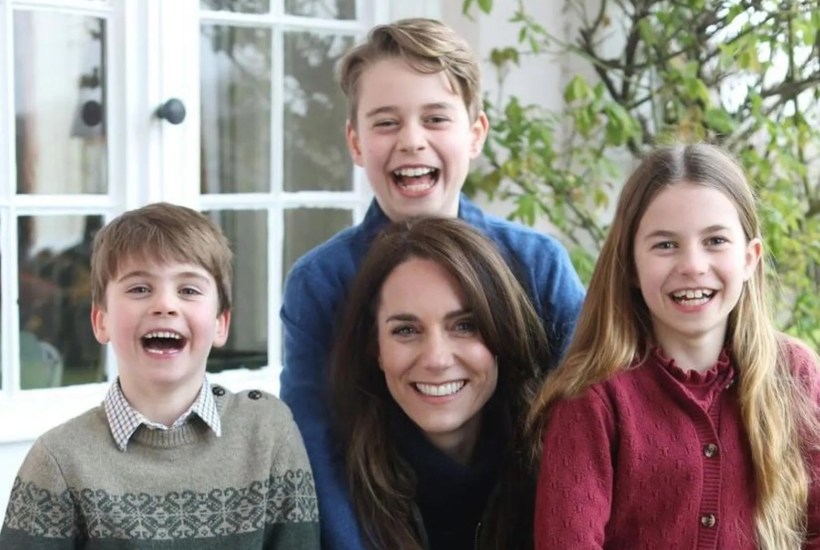When Photogate, or Kategate, or whatever we end up calling it, first became news, I remember taking one look at social media and thinking: you people have lost your damn minds. An anodyne photograph of the Princess of Wales and her children was issued to the press agencies by Kensington Palace to mark Mother’s Day.
Already a subscriber? Log in
Subscribe for just $2 a week
Try a month of The Spectator Australia absolutely free and without commitment. Not only that but – if you choose to continue – you’ll pay just $2 a week for your first year.
- Unlimited access to spectator.com.au and app
- The weekly edition on the Spectator Australia app
- Spectator podcasts and newsletters
- Full access to spectator.co.uk
Or





















Comments
Don't miss out
Join the conversation with other Spectator Australia readers. Subscribe to leave a comment.
SUBSCRIBEAlready a subscriber? Log in